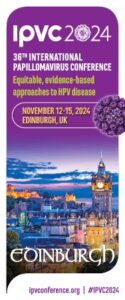However, technological advances have allowed newborn screening to test for hundreds of diseases, including those for which there may be no established treatment, and identify infants that are carriers of genes for certain diseases.
A new study published online today in the journal Genetics in Medicine found that parents said they wanted to be given all of that information – not just whether their babies had a treatable condition but whether they were also just the carrier of a gene that could be passed onto their own children.
But when they were given their babies’ carrier information, many parents didn’t use it, or used the information inappropriately, said lead author Dr. Yvonne Bombard, a genomics and health services researcher in the Li Ka Shing Knowledge Institute of St. Michael’s Hospital.
Identifying infant carriers through newborn screening is controversial because it goes against international guidelines and it is done without consent – newborn screening is a universal, routine screen that does not typically require explicit consent from parents.
However, some say that the identification of infant carriers provides the opportunity to inform parents and infants of future reproductive risks, a position that has been used to justify screening for diseases that are not necessarily treatable.
Dr. Bombard’s study looked at the reproductive impact of carrier result disclosure through newborn screening, using Cystic Fibrosis as a case example. She found that 92 per cent of parents shared the news with other relatives. But 65 per cent said the news would not influence their family planning decisions. All the mothers said they valued learning their infants’ carrier results. Some had carrier testing and shared the results with family. Others did not use the results or used them in unintended ways – such as sharing the news with both sides of the family when only one parent was a carrier.
Source: Eurekalert



















































